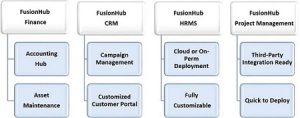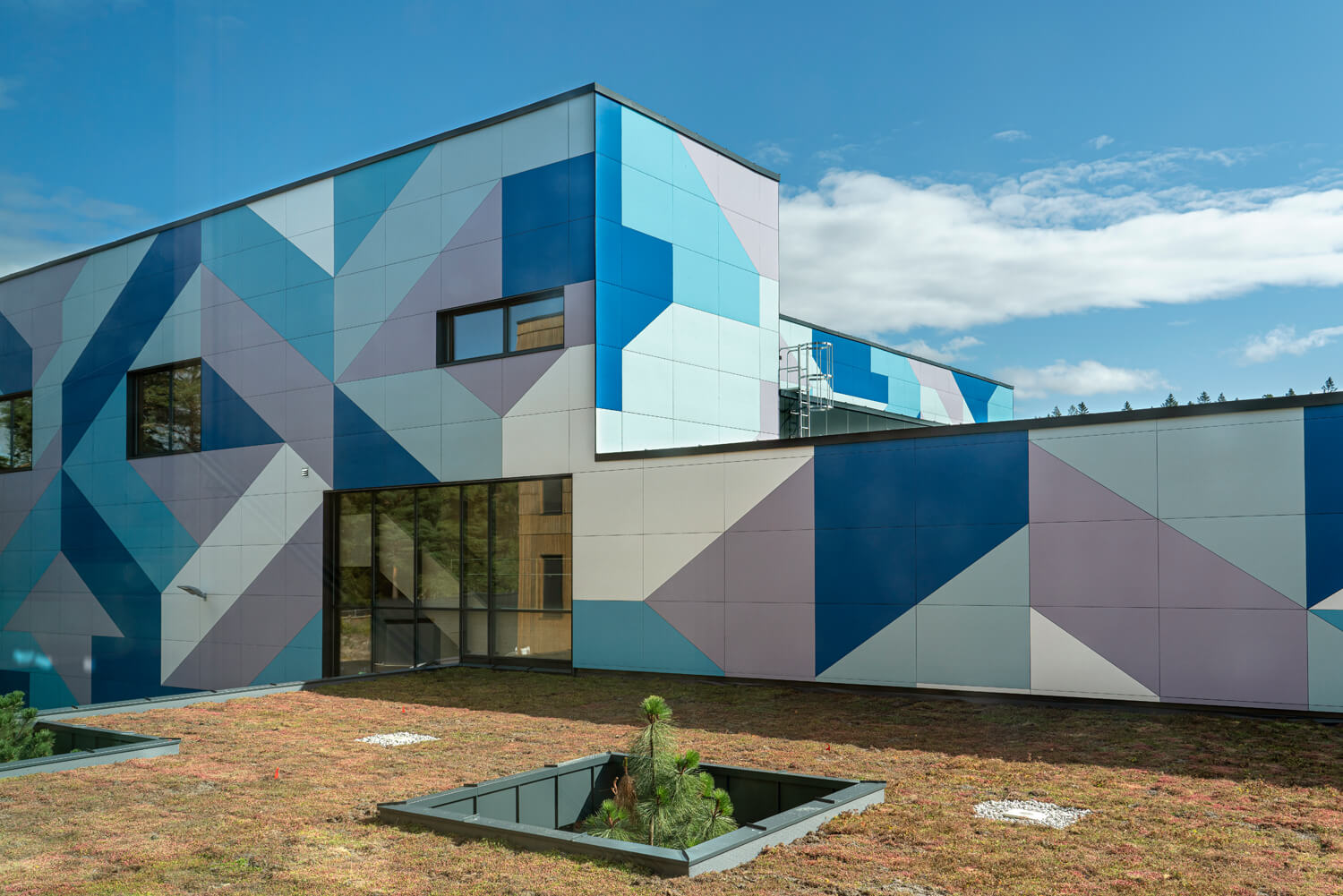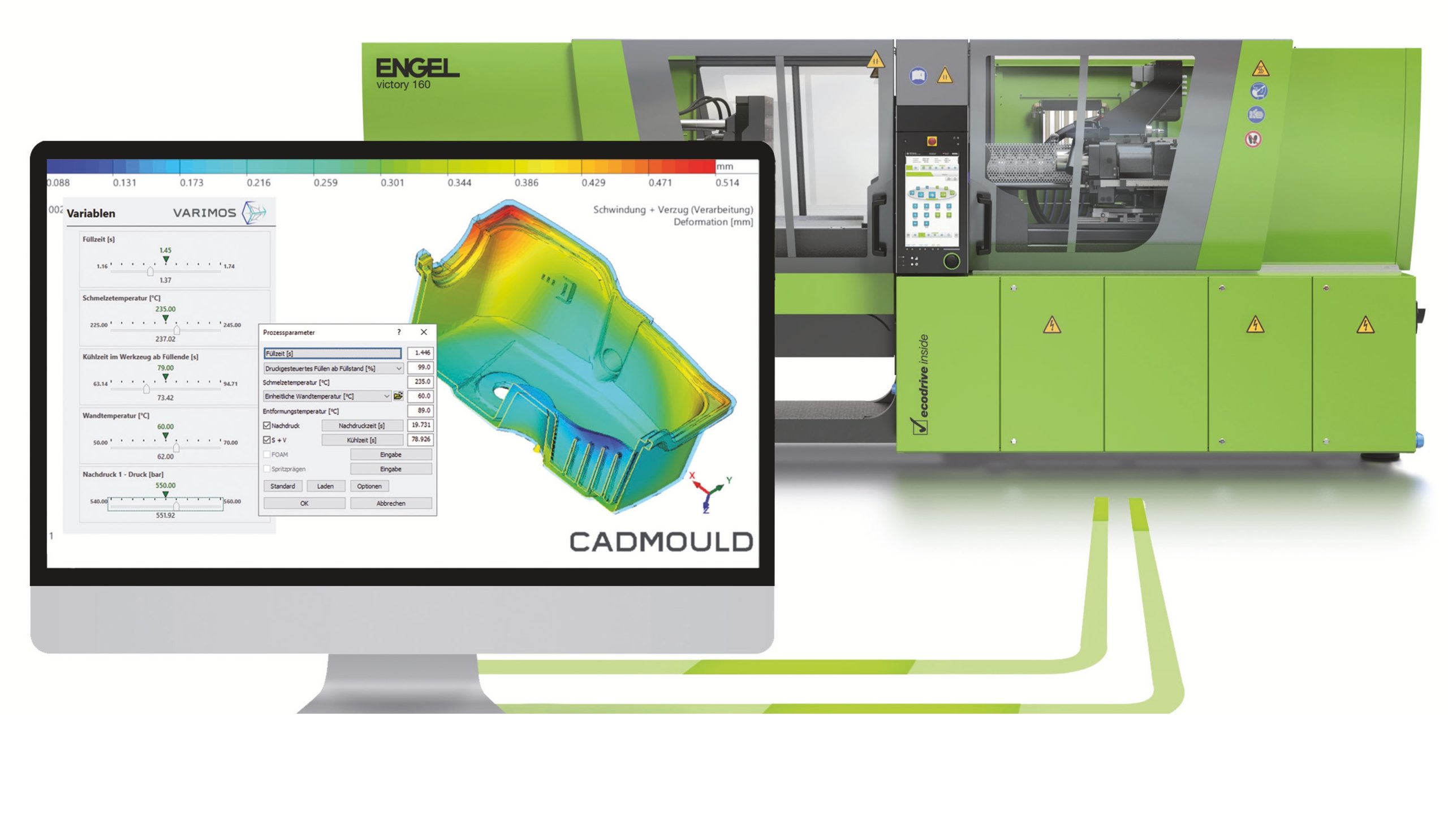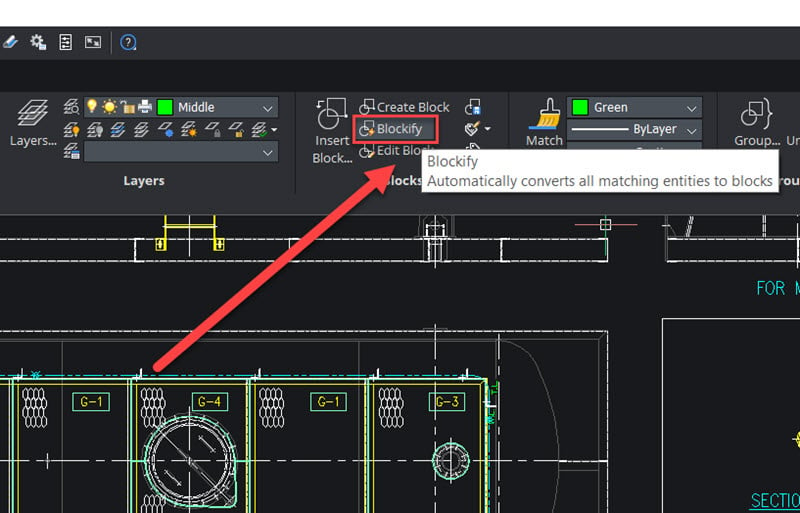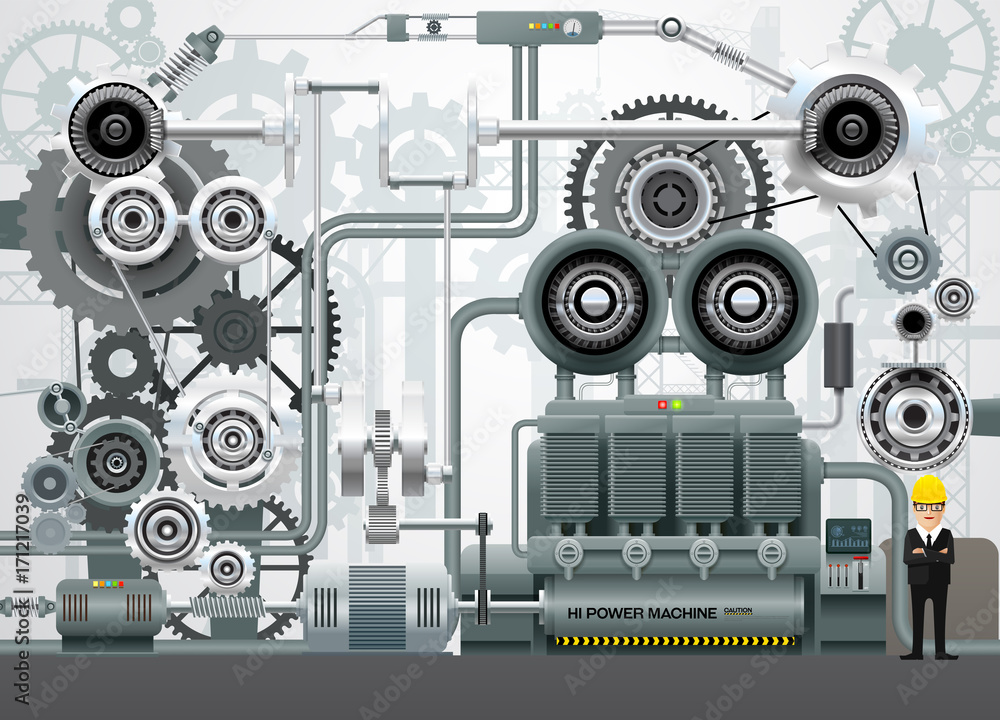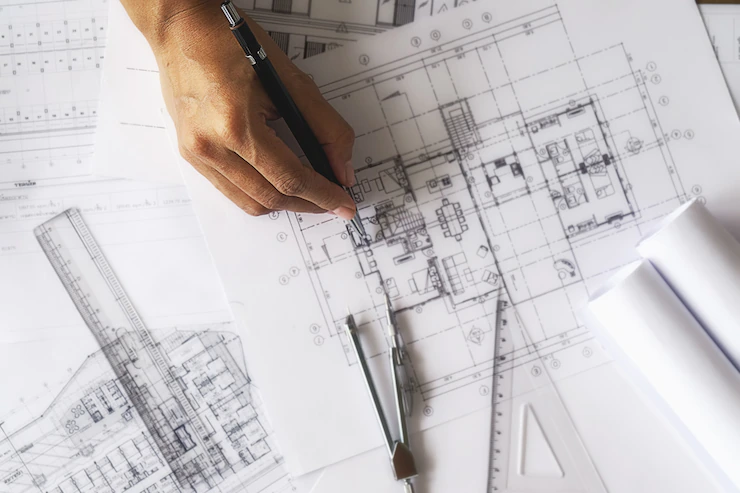
Inside the AEC (architecture, engineering, and construction) field, Building Information Modeling (BIM) has completely changed how projects are conceived, planned, and carried out. Using many dimensions, numbers, geometry, and geographic data, BIM software offers a comprehensive platform for digitally representing buildings and infrastructure. BricsCAD is a strong and adaptable option for creating the project of your dreams among the many BIM technologies that are out available in market. Here we will discuss BricsCAD’s capabilities according to your architectural ideas.
BricsCAD can help you unleash your creativity
Creating concrete structures that blend in with their surroundings from abstract concepts is the creative force at the core of all architectural effort. With its extensive toolkit for design conceptualization and visualization, BricsCAD BIM empowers architects to express their ideas. From drafting basic ideas to fine-tuning minute details, BricsCAD’s user-friendly interface expedites the design process, freeing architects to concentrate on creativity rather than technological limitations.
Designing with accuracy and precision
Accuracy and precision are essential to architecture since even small deviations can have a big impact on the building process. BricsCAD BIM’s sophisticated modeling features and intelligent parametric objects raise the bar for accuracy. Using their unmatched ability to build complex geometries, assess spatial relationships, and replicate real-world situations, architects can make sure that their designs are both structurally solid and aesthetically beautiful.
Sustainable Architecture and Environmental Factors
To reduce their ecological footprint and increase energy efficiency in a time when environmental consciousness is growing, architects must include sustainability ideas into their designs. The tools for energy analysis, daylighting simulation, and material optimization that BricsCAD offers help with sustainable design methods. Aesthetics and sustainability may coexist in harmony when architects assess their designs’ environmental performance in real time, pinpoint problem areas, and make well-informed judgments.
Developing the Upcoming Generation of Architects
The next generation of architects must be prepared with the knowledge and abilities necessary to succeed in a digital environment as technology continues to influence the field. Aspiring architects may explore, experiment, and invent with confidence thanks to BricsCAD BIM’s extensive training and support resources. BricsCAD stimulates fresh architectural innovation and constructive change in the sector by making BIM technology more widely accessible.
Conclusion
At last we would like to conclude that BricsCAD offers a powerful set of tools and features for Architects and Designers. With its comprehensive 2D and 3D capabilities, User-friendly interface and compatibility with industry standards, BricsCAD is a versatile solution for creating accurate architectural designs.
 info@replinfosys.com
info@replinfosys.com +91
9319581803
+91
9319581803





